Valia Dimaridou
LP-IOANet: Efficient High Resolution Document Shadow Removal
Mar 22, 2023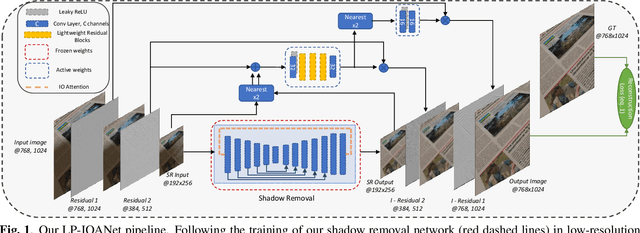



Abstract:Document shadow removal is an integral task in document enhancement pipelines, as it improves visibility, readability and thus the overall quality. Assuming that the majority of practical document shadow removal scenarios require real-time, accurate models that can produce high-resolution outputs in-the-wild, we propose Laplacian Pyramid with Input/Output Attention Network (LP-IOANet), a novel pipeline with a lightweight architecture and an upsampling module. Furthermore, we propose three new datasets which cover a wide range of lighting conditions, images, shadow shapes and viewpoints. Our results show that we outperform the state-of-the-art by a 35% relative improvement in mean average error (MAE), while running real-time in four times the resolution (of the state-of-the-art method) on a mobile device.
Real-time Monocular Depth Estimation with Sparse Supervision on Mobile
May 25, 2021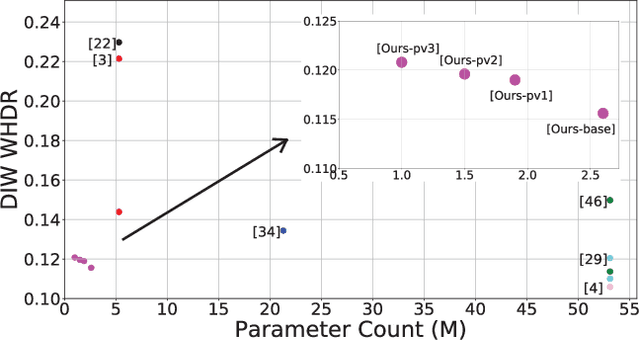
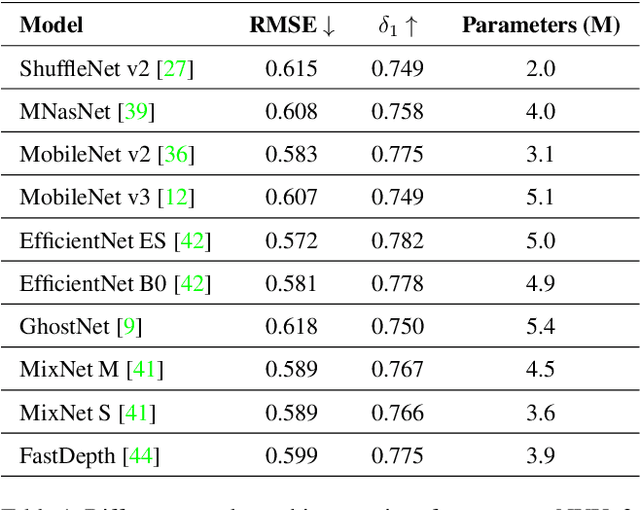
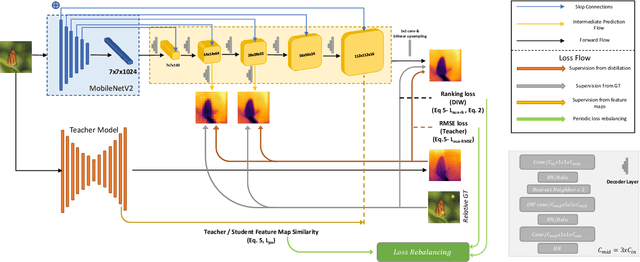
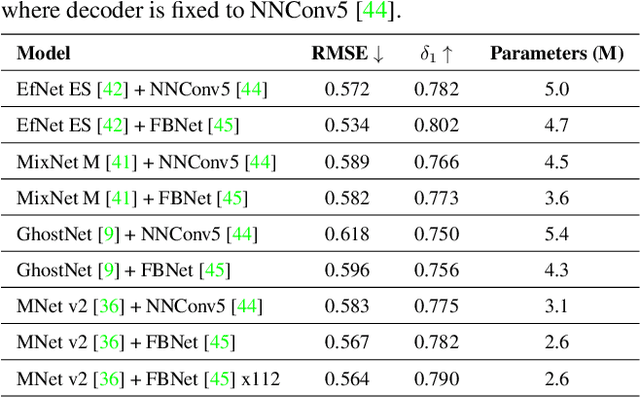
Abstract:Monocular (relative or metric) depth estimation is a critical task for various applications, such as autonomous vehicles, augmented reality and image editing. In recent years, with the increasing availability of mobile devices, accurate and mobile-friendly depth models have gained importance. Increasingly accurate models typically require more computational resources, which inhibits the use of such models on mobile devices. The mobile use case is arguably the most unrestricted one, which requires highly accurate yet mobile-friendly architectures. Therefore, we try to answer the following question: How can we improve a model without adding further complexity (i.e. parameters)? Towards this end, we systematically explore the design space of a relative depth estimation model from various dimensions and we show, with key design choices and ablation studies, even an existing architecture can reach highly competitive performance to the state of the art, with a fraction of the complexity. Our study spans an in-depth backbone model selection process, knowledge distillation, intermediate predictions, model pruning and loss rebalancing. We show that our model, using only DIW as the supervisory dataset, achieves 0.1156 WHDR on DIW with 2.6M parameters and reaches 37 FPS on a mobile GPU, without pruning or hardware-specific optimization. A pruned version of our model achieves 0.1208 WHDR on DIW with 1M parameters and reaches 44 FPS on a mobile GPU.
 Add to Chrome
Add to Chrome Add to Firefox
Add to Firefox Add to Edge
Add to Edge